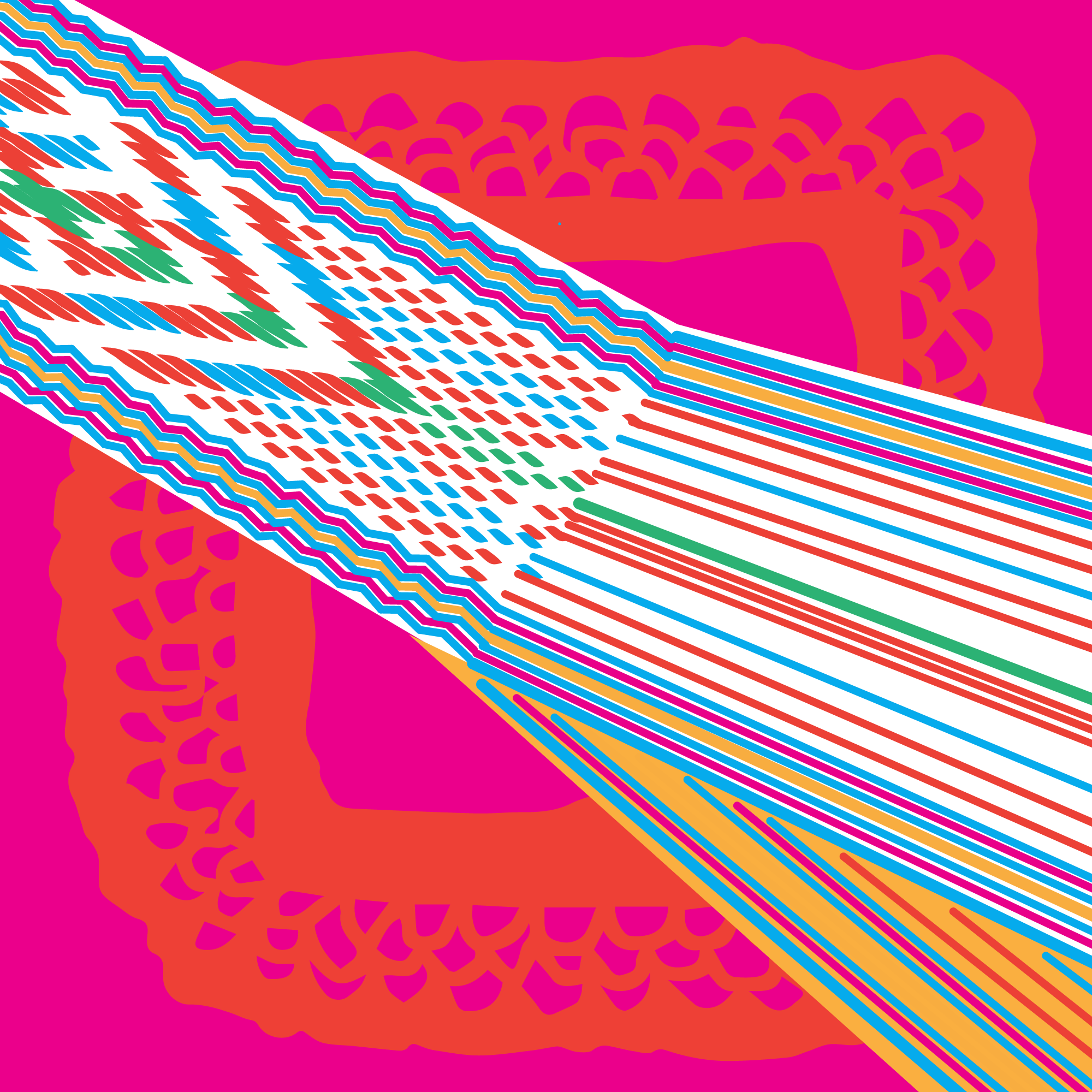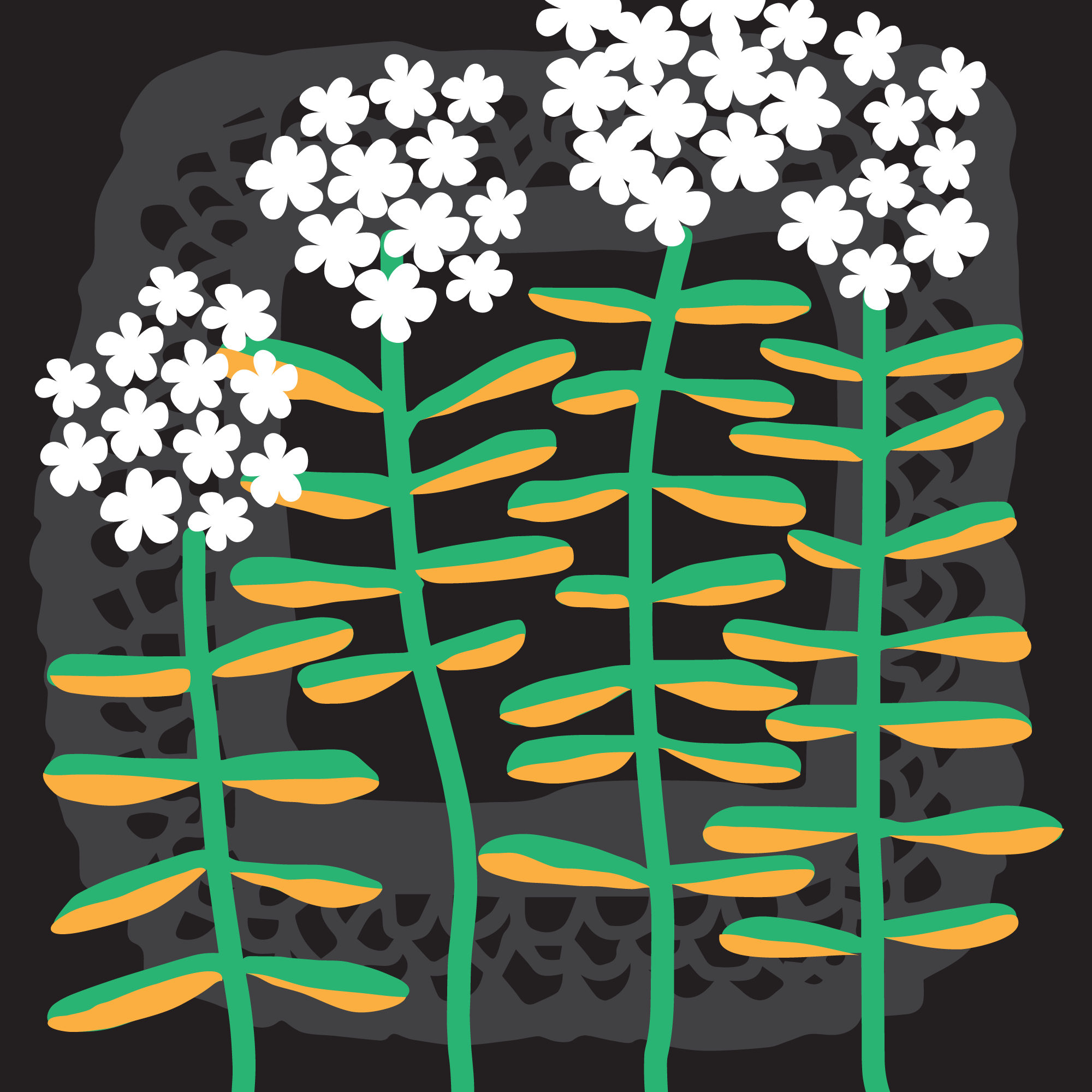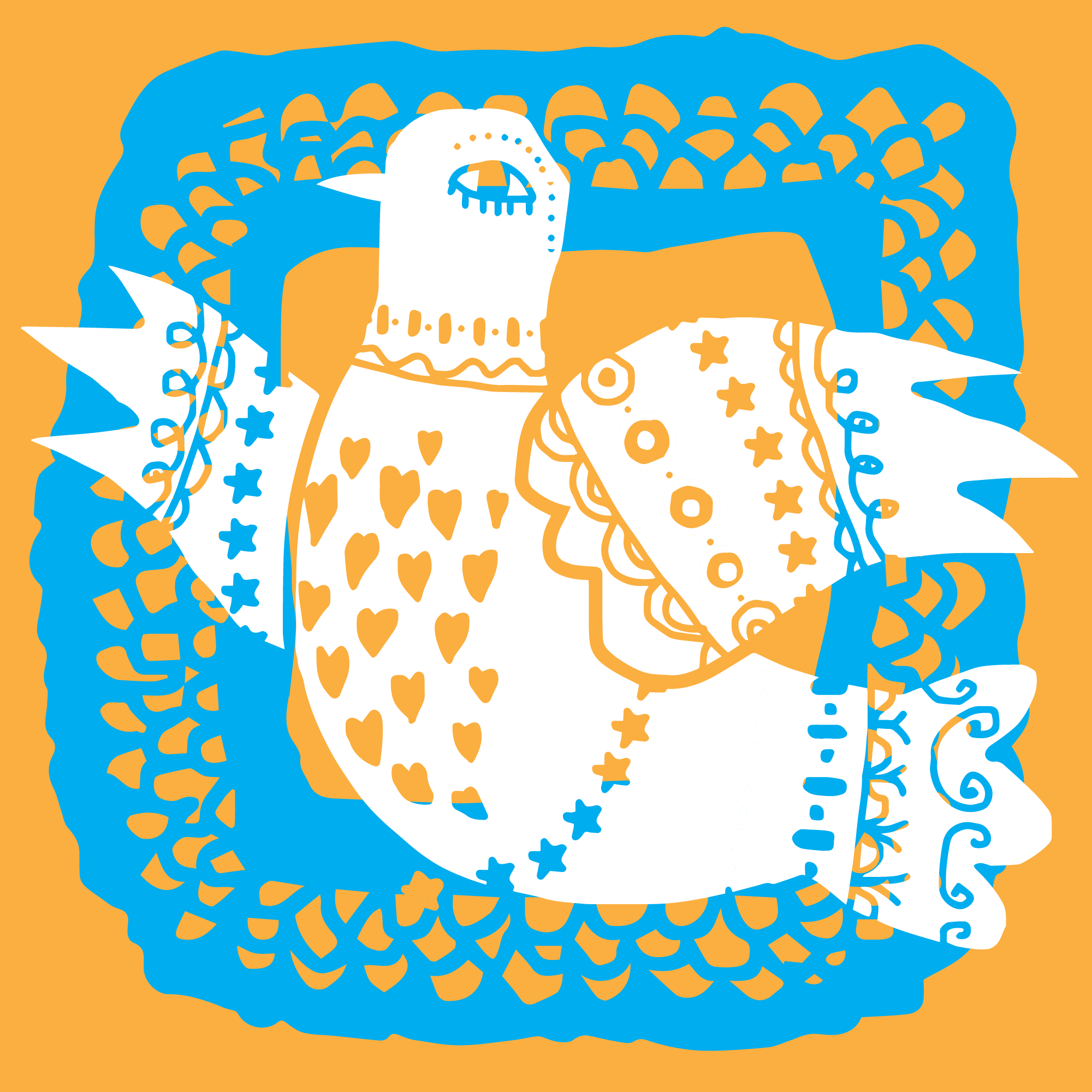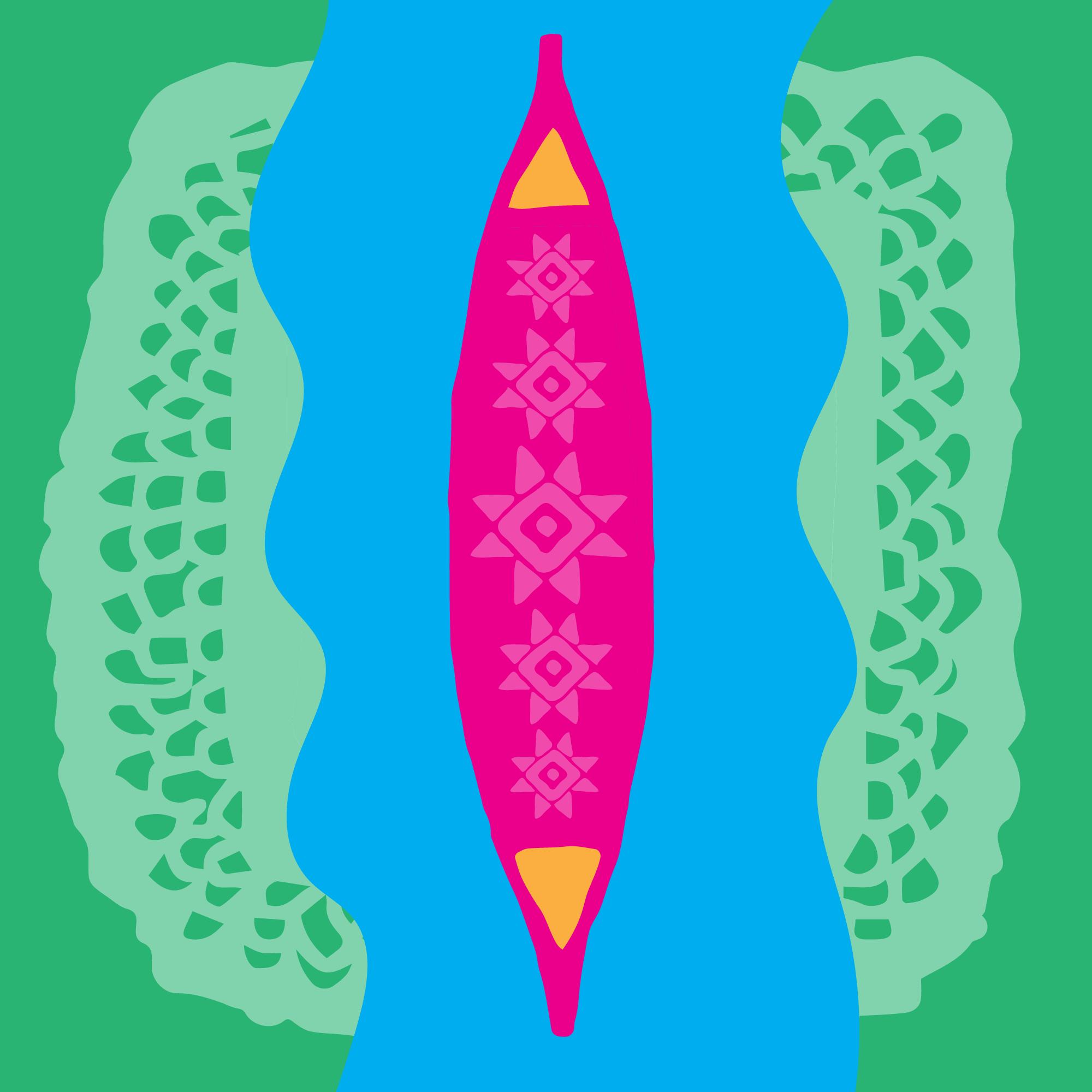
Living the Heritage -podcast
Journalist and folk musician Amanda Kauranne invites you on experiential trips to Latvia, Sweden, Finland, and Estonia, where entities on the UNESCO intangible cultural heritage list tell about the joys and challenges of practicing their traditions. Soundscapes, storytelling, and traditional music alternate with interviews with tradition bearers and experts.
In the podcast, you'll hear how the almost forgotten bagpipe tunes of Suiti sound now in Latvia, how storytelling strengthens democracy in Sagobygden, Sweden, and how the violin playing tradition is passed on from one generation to another in the Kaustinen region in Finland. The importance of slow travel becomes more meaningful when you get to know the tradition of building dugout boats in Soomaa National Park in Estonia, and you also learn the importance of intangible cultural heritage in peace work and conflict resolution. In the podcast, professionals from fields of music, handicraft, culture, and tourism offer new perspectives on sustainable development and creating a more sustainable future.
The episodes about sustainable development are funded by the Finnish Heritage Agency's Livind Project. The episodes about intangible cultural heritage are funded by the European Union's Erasmus+ programs Sheritage-project.


Living the Heritage: Kaustinen – the musical ecosystem of passing on traditions
Kaustinen, located in Central Ostrobothnia, Finland, is a municipality of 4300 inhabitants, where a remarkable amount of the population plays, sings or dances folk dances. In July, the population of the place explodes, when the Kaustinen Folk Music Festival, organized since 1968, gathers folk musicians from Finland and around the world to play, sing and dance together. The festival is also a showcase for local music and dance traditions, which are practiced throughout the year and in all age groups. What is Kaustinen's secret?
In 2021, Kaustinen violin playing and related practices and expressions was inscribed on UNESCO Representative list of intangible cultural heritage. In the podcast, young violinist Erkki Virkkala talks about the continuation of the violin playing tradition both in the family circle and in Näppäri pedagogy. Matti Hakamäki, director of the Folk Music Institute, considers how to create a culturally rich ecosystem that maintains the transmission of intangible cultural heritage from one generation to the next.
We visit the Näppäri rehearsals and concert, where hundreds of children play folk music together. Näppäri pedagogy draws from local musical traditions and aims to create a lifelong musical relationship. We also listen to the silence of nature in Kaustinen and the hustle and bustle of the festival week, we enjoy grandfather and grandchild playing together and we pop by in a folk music jam session, where even the bartender gets to play.
This part is produced by Sheritage-project/co-funded by Erasmus+.

Living the Heritage: Sagobygden — finding your voice through stories
The magic of storytelling mesmerizes people of all ages and appeals to us over boundaries of culture or even time — from one century or even millennium to another. Why are stories so important?
You can get to know the power and possibilities of stories in Sweden's Småland region in Sagobygden in many different ways. The Land of Legends Sweden invites you to the Sagomuseum in Ljungby, The Museum of Legends, where every corner of the museum is overflowing with stories.
In the municipalities of Alvesta, Ljungby, and Älmhult you can get to know the places and the stories behind them by treasure hunting for geocatches or by exploring the contents of the story cabinets located in nature.
Kronoberg's network of storytellers makes sure that the oral tradition of storytelling remains alive — both the oldest layer of folk tales and people's own stories in today's society.
The Land of Legends program was inscribed on UNESCO's Register of Good safeguarding practices in 2018 for promoting and revitalizing storytelling in the Kronoberg region.
Per Gustavsson, founder and chairman of the association Storytelling Network Kronoberg, and Tine Winther, manager of Sagobygden, talk about the importance of storytelling as a builder of democracy. Storytellers and pedagogues Camilla Ek, Jakob Elofsson, and Mia Vickell explain how stories can be used in different ways and in various groups. Lina Midholm tells about her work as a storytelling antiquarian and about the local storytellers.
In the podcast, there will be magical experiences, delightful and scary stories, and practical advice on how to survive encounters with supernatural monsters!
This part is produced by Sheritage-project/co-funded by Erasmus+.

Living the Heritage: Suiti — in tune with the ancestors
Pride in one's own tradition is uplifting and brings joy! The Suiti are a small Catholic community of a few thousand people in the western part of Latvia. They are especially known for vocal drone singing, colorful traditional costumes, and bagpipe playing tradition. Resilience and appreciation for their traditions have helped Suiti culture survive from one century to the next — and traditions can also be revived! In 2009, the Suiti cultural space was inscribed on Unesco's list of intangible cultural heritage in need of urgent safeguarding.
The colorful trip to the Suiti cultural space appeals to all the senses. The podcast features soundscapes from a Suiti craft fair and the Sunday market in Alsunga, where visitors can bake traditional sklandrausis vegetable pies, learn beadwork, and even try out the bagpipes.
The traditional vocal drone singing is performed by the women's ethnographic singing group Suitu sievas (that is, "Suiti women") whose leader, tradition bearer Ilga Leimane deepens the understanding of Suiti cultural heritage in an interview.
Bagpipe player Juris Lipsnis tells how almost forgotten bagpipe playing traditions were revived, and we hear how bagpipes are now played in the Suitu dūdenieki ensemble.
Suiti Cultural Heritage Foundation project director Māra Rozentāle works as an interpreter and tour guide into Suiti cultural tradition.
This part is produced by Sheritage-project/co-funded by Erasmus+.

Living the Heritage: Sustainable futures and Intangible Cultural Heritage
Often the public discourse on sustainable development focuses on the environment and ecological sustainability, but the topic is much broader. What is social and cultural sustainability?
Podcastissa esitetään erilaisia näkökulmia kestävään kehitykseen ja syvennetään aihetta erityisesti elävän kulttuuriperinnön ja sen suojelun näkökulmista. Aiheesta puhuvat virolaisen haapio-veneen rakennusperinteen taitaja ja turistiopas Aivar Ruukel, suomalainen tutkija ja kansanmuusikko Vilma Timonen, norjalaisen käsityöperinteen asiantuntija Solveig Torgersen Grinder, ruotsalainen tarina-antikvariaatin pitäjä Lina Midholm, kenialainen muusikko ja esiintyjä Linus Omondi, virolaisen setukulttuurin asiantuntija Helen Külvik ja professori Tiago de Oliveira Pinto Franz Liszt Weimarin musiikkiyliopistosta. Opit myös, mitä kestävä kehitys on eri kielillä!
This part is funded by Livind Project/Finnish Heritage Agency.

Living the Heritage: Peace works
How can intangible cultural heritage be used in peace work and promoting social justice? Dancer, anthropologist, and director of the Colombian NGO Embodying Reconciliation —Cuerpos para la Reconciliación, Diana Gutiérrez talks about her work with intangible cultural heritage and peace work.
Hungarian researcher and musician Miklós Both talks about the Polyphony Project he founded and leads. The award-winning project explores, preserves, and presents the living musical folklore of Ukrainian villages.
In the podcast, you will also hear how to say the word peace in different languages. And what might be the opposite of peace?
This part is funded by Livind Project/Finnish Heritage Agency.

Living the Heritage: Human-paced travels
Can traveling be considered an intangible cultural heritage? Aivar Ruukel builds traditional dug-out boats, which were traditionally used as means of transport in the swampy and often flooded Soomaa region in Estonia. In 2021, the building and use of expanded dug-out boats in the Soomaa region were inscribed on the List of Intangible Cultural Heritage in Need of Urgent Safeguarding. Aivar tells how the boats are built, how to learn the boat building traditions, and how sustainable tourism can be practiced. The interview is colored by the soundscapes of Soomaa National Park and the experiences that sustainable travelling enables — like staying under the starry sky, in the swamps, and by the river.
This part is funded by Livind Project/Finnish Heritage Agency.

